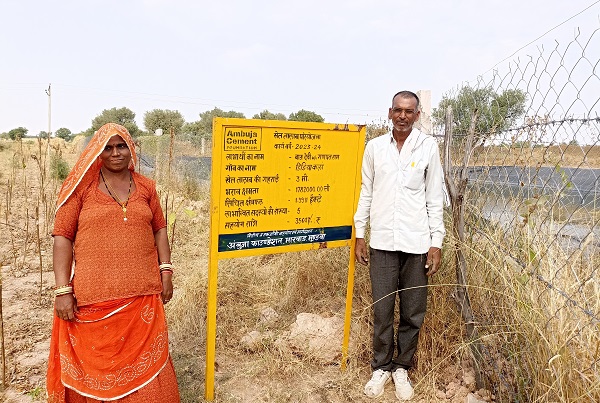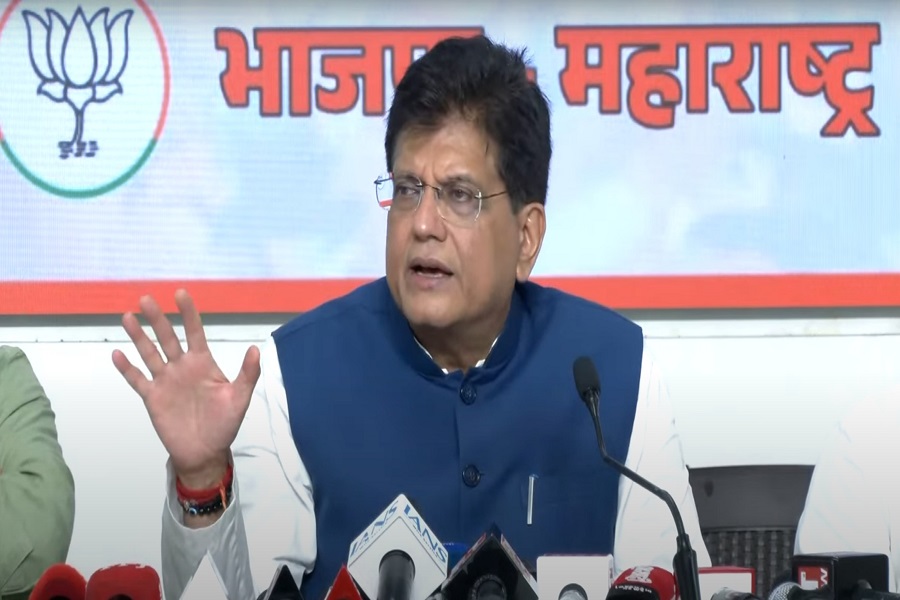Expert's input on Labour Codes implementatio 100 days agenda of the BJP Government by Preeti Sharma, Partner, Tax & Regulatory Services, BDO India

Below the Quote on Expert's input on Labour Codes implementatio 100 days agenda of the BJP Government by Preeti Sharma, Partner, Tax & Regulatory Services, BDO India
1. Major reforms the government should undertake to increase India's labor productivity
A favorable work environment helps in enhancing the labour productivity and cost efficiency for business. In order to increase India's labour productivity, the Government should streamline and simplify complex labour laws to make it easier for businesses to operate while protecting workers' rights. Such reforms should focus on easing industrial relations, ensuring universal & fair wages, adherence to workplace safety standards, access to healthcare & social security for all classes of workers. Reforms in our education system are warranted with greater focus on vocational training programs and practical skills development.
The overall business environment for employers can be further improvised by reducing bureaucratic red tape and enhancing transparency. The Government may provide incentives for both domestic and foreign investments in sectors that have high employment potential. This will help businesses to bring overall cost efficiency and higher allocation for initiatives to increase employees’ productivity.
2. India's labour productivity as against other export-oriented countries, such as China?
India's labour productivity lags behind other export-oriented countries such as China. This can be attributed to several factors. One such factor being the skill levels of the worker category which affects both efficiency and output quality. The infrastructural deficiencies also deter productivity improvements. Technological adoption and automation in manufacturing setups are slower in India as compared to China. Another factor ,for low labour productivity, is complex labour laws and unfavorable regulations for workers, which need re-consideration.
3. How cheap is India's labour?
The cost of labor in India is relatively economical. compared to many other countries, which can be a significant advantage for cost-sensitive industries. However, this may not translate to absolute cost-effectiveness unless the productivity is at par with other emerging economies.
4. Major initiatives has the government taken in the past 10 years to improve labour productivity?
Over the past decade, the Indian Government has undertaken several initiatives for improving labour productivity:
a. Skill India Mission (2015): Launched to train over 400 million people in different skills by 2022, aiming to boost the employability of the workforce.
b. Make in India (2014): Aimed at transforming India into a global manufacturing hub, thereby creating jobs and improving skills.
c. Digital India (2015): Focuses on transforming India into a digitally empowered society and knowledge economy, thereby enhancing productivity.
d. Pradhan Mantri Kaushal Vikas Yojana (PMKVY): A flagship program to impart industry-relevant skill training to youth.
Apart from the above, the Government is also planning to re-introduce reforms in the Labour Laws post general elections. The current Government has already consolidated 29 Central labour laws into four labour codes to simplify compliance and improve labour market efficiency. These codes are yet to be implemented and a high possibility for these to see the light of the day under Modi 3.0.
While these initiatives have had a positive impact, challenges remain in terms of scalability, reach, and effective implementation across all regions of the country. Continued efforts and sustained focus on these areas are necessary to achieve significant improvements in labour productivity.
Above views are of the author and not of the website kindly read disclaimer










Tag News

Quote on Daily Market Commentary for November 24th 2025 By Siddhartha Khemka - Head of Resea...













